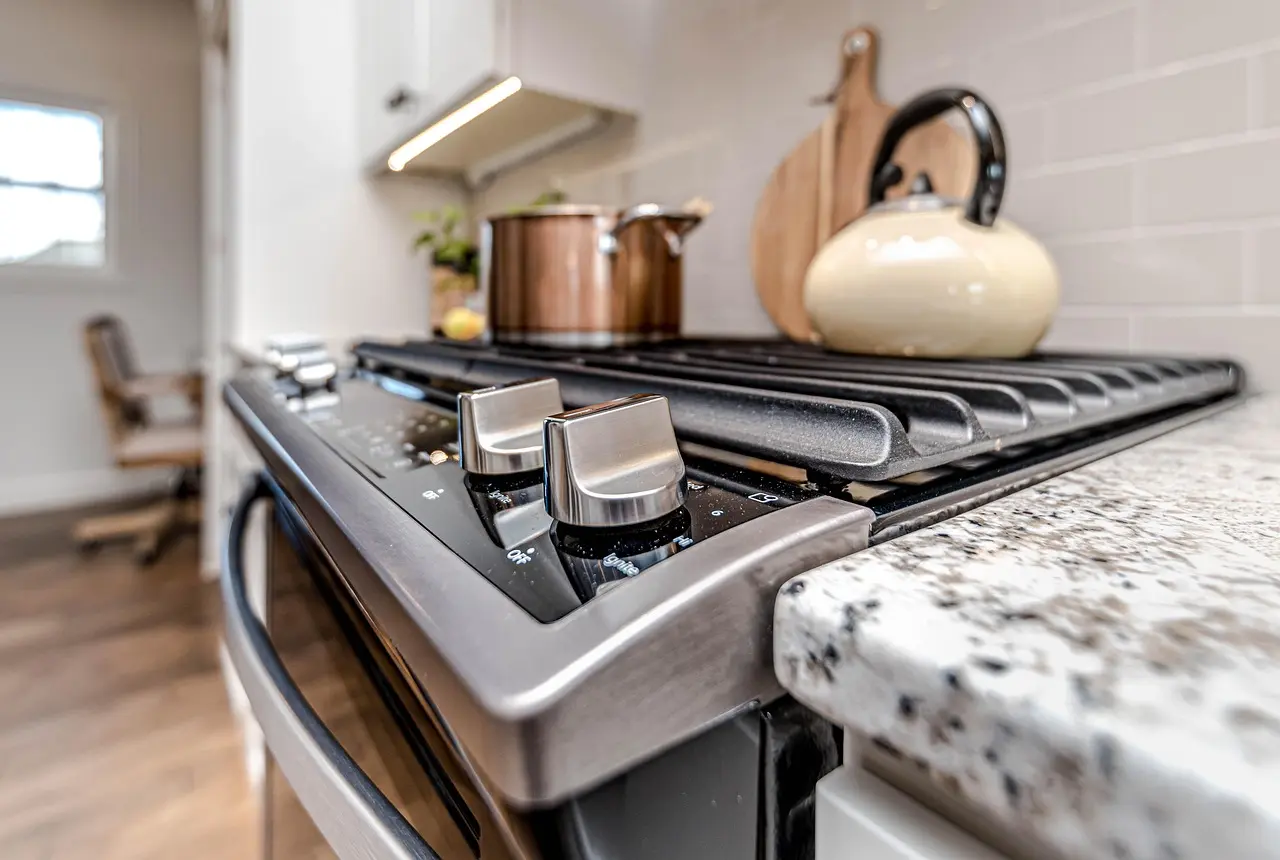One of the most frequent hurdles encountered when venturing into recipes from different countries or older cookbooks is deciphering oven temperatures. You might find a delectable cake recipe from a British blog calling for "Gas Mark 4," a modern European pastry recipe specifying "180°C," or a classic American pie demanding "350°F." Without a clear understanding of how these scales relate, your baking masterpiece could quickly turn into a culinary mishap. This guide will demystify Celsius (°C), Fahrenheit (°F), and the UK's Gas Mark system, empowering you to convert temperatures confidently and achieve baking perfection, no matter the recipe's origin.
The Main Players in Oven Temperatures:
- Celsius (°C): The Celsius scale, part of the metric system, is the standard for temperature measurement in most of the world. In this scale, water freezes at 0°C and boils at 100°C (at standard atmospheric pressure). Its decimal-based system makes it scientifically straightforward.
- Fahrenheit (°F): The Fahrenheit scale remains the primary temperature measurement for everyday use, including cooking and weather, in the United States and a few other countries. On this scale, water freezes at 32°F and boils at 212°F.
- Gas Mark: This is a temperature scale specifically used on gas ovens, predominantly in the United Kingdom, Ireland, and some older Commonwealth countries. Unlike Celsius and Fahrenheit, Gas Marks are not linear units but rather represent specific temperature settings or ranges that correspond to different levels of heat output from the gas burners. Each increment in Gas Mark generally signifies a progressively hotter oven.
Why Accurate Oven Temperature Conversion is Non-Negotiable:
The temperature inside your oven is one of the most critical variables in baking. Even slight deviations can dramatically alter the outcome:
- Texture and Rise: An oven that's too cool might prevent proper leavening, resulting in dense, heavy cakes or breads that don't achieve their full volume. Conversely, an oven that's too hot can cause baked goods to set too quickly on the outside, leading to a burnt crust and an undercooked, doughy interior.
- Browning and Flavor Development: The Maillard reaction and caramelization, responsible for the appealing golden-brown color and complex flavors of baked goods, are highly temperature-dependent. Incorrect temperatures can lead to pale, anemic crusts or, conversely, overly dark and bitter results.
- Moisture Content: If an oven is too hot, moisture can evaporate too quickly, leading to dry results. If it's too cool, items might bake for too long, also potentially drying them out or resulting in a soggy texture.
Precision is especially vital for delicate items like soufflés, meringues, custards, and certain types of cakes where the structure and texture are intricately linked to correct temperature control.
Quick Conversion Guide (Common Baking Temperatures with More Detail):
While formulas exist, a quick reference is often more practical in the kitchen. Remember that Fahrenheit and Gas Mark conversions for Celsius are often rounded to the nearest common oven setting.
- Slow/Cool Oven (for meringues, custards, slow-roasting):
- 140-150°C ≈ 275-300°F ≈ Gas Mark 1-2
- Moderate Oven (most cakes, cookies, quick breads, casseroles):
- 175-180°C ≈ 350°F (common US standard) ≈ Gas Mark 4
- Moderately Hot Oven (yeast breads, pizza, roasting vegetables):
- 190°C ≈ 375°F ≈ Gas Mark 5
- 200°C ≈ 400°F ≈ Gas Mark 6
- Hot Oven (some artisan breads, crisping, initial browning):
- 220-230°C ≈ 425-450°F ≈ Gas Mark 7-8
Using Our Conversion Charts for Precision:
For a more comprehensive list of conversions and to handle any specific temperature your recipe calls for, our printable charts are invaluable resources:
Printable Celsius (°C) to Fahrenheit (°F) Oven Temperature Chart
Printable Fahrenheit (°F) to Celsius (°C) Oven Temperature Chart
Printable UK Gas Mark to °C & °F Oven Temperature Chart
And for those times when a recipe vaguely instructs to "bake in a moderate oven," our chart decodes these terms into concrete numbers:
Printable Oven Temperature Names (Cool, Moderate, Hot) to Degrees & Gas Mark Chart
Our Kitchen Calculator tool also features quick temperature conversions.
Beyond Conversion: The Importance of Oven Calibration
Even if you perfectly convert the recipe's temperature, it's crucial to know if your oven is actually heating to the temperature you set. Many home ovens can be off by 25°F (15°C) or more! Investing in an inexpensive, freestanding oven thermometer is highly recommended. Place it in the center of your oven, preheat, and see if your oven's dial matches the thermometer's reading. If not, you'll need to adjust your settings accordingly or consider calibrating your oven for truly accurate baking.
By mastering these temperature conversions and ensuring your oven is accurate, you'll eliminate a major variable in baking and significantly increase your chances of success with recipes from any source. Happy baking across all temperature scales!
 « Back to Blog Index
« Back to Blog Index